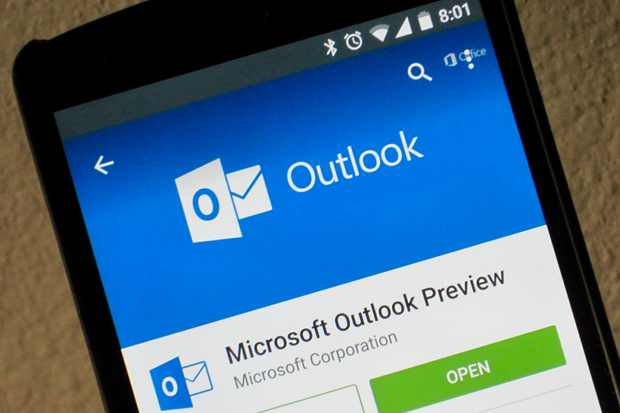New Surface Pro 4 driver restores Windows Hello — and this time it’s documented

Credit to Author: Woody Leonhard| Date: Fri, 04 Aug 2017 03:43:00 -0700
Last night, Microsoft released a new Surface Camera driver called “Surface – System – 7/31/2007 12:00:00 AM – 1.0.75.1” which is intended to fix the Windows Hello problem introduced by the completely undocumented driver “Surface – System – 7/21/2017 12:00:00 AM – 1.0.65.1.” Many of you complained that, after installing the buggy driver, your Surface Pro 4 no longer supported Windows Hello.
As best as I can tell, this 1.0.75.1 driver update fixes the problem. But there’s more to the story.
The original, buggy driver was dated July 21, the files were dated July 26, and the driver was sent down the Automatic Update chute on July 29 without warning or description.
To read this article in full or to leave a comment, please click here




